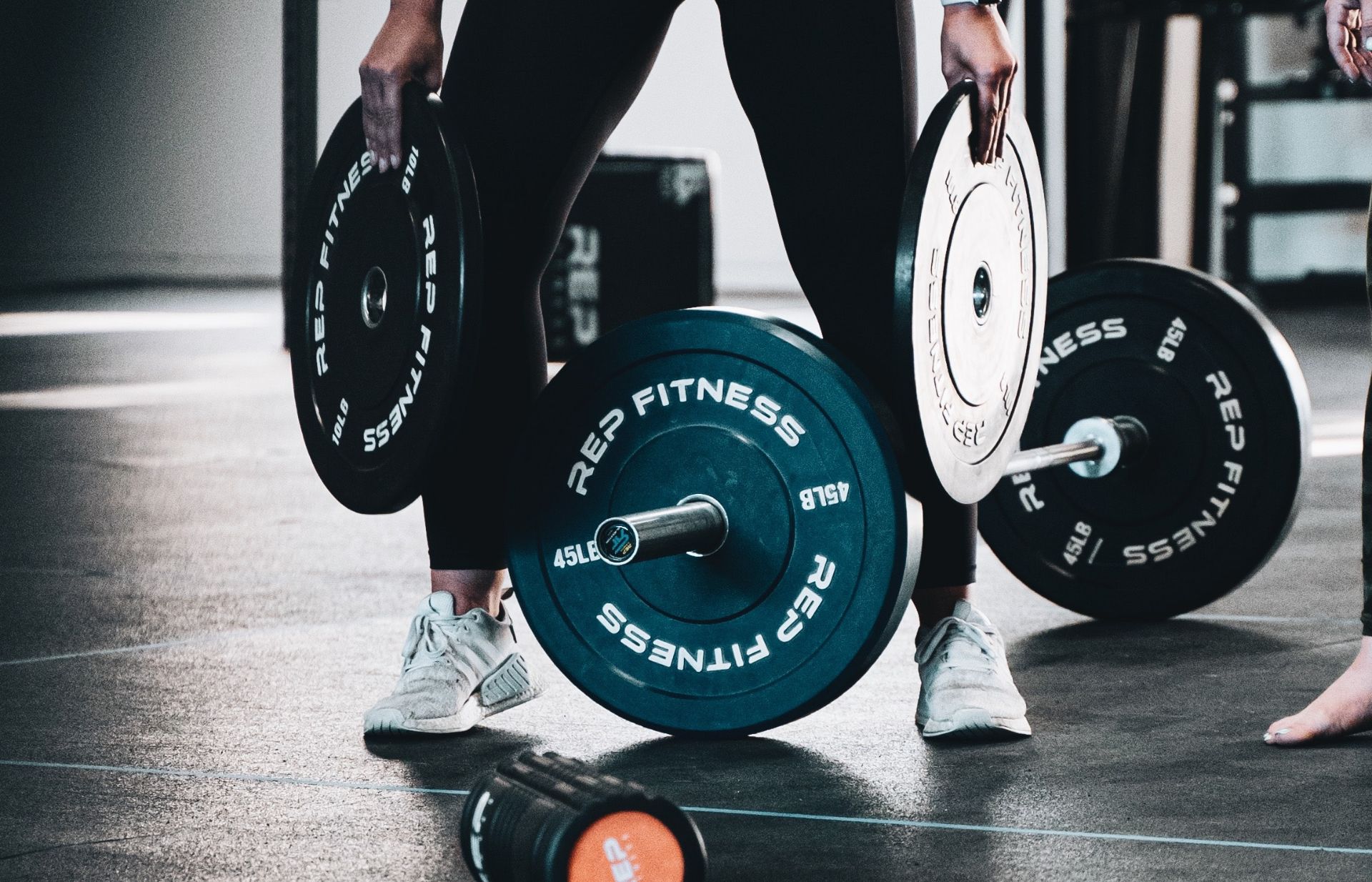
How do I gain strength? Strength training in all its facets
Getting stronger: for most of us, it is the main goal of our training. Many see it as a distant dream, but with personal, targeted strength training it can be done much faster than you might think. After all, the progress margin in strength training is enormous. But how exactly do you become more powerful? And when can you consider yourself powerful? Questions we will answer in thisomniapersonaltraining.amsterdam article.
 How do you become more powerful?
How do you become more powerful?
A sedentary CEO can squat up to 100 kilograms after a few weeks of training. Great achievement, some may think, but for others that is peanuts. For a top sprinter, for example, 100 kilograms with several repetitions is more of a warm-up. For a marathon runner, it will require a bit more work.
You notice: strength has to be put into perspective. What is heavy for one person is rather light for another. It all depends on your body type, background, level of training… What’s the same for everyone: the importance of strength training. Because strength training and strengthening the muscles ensures that all other training processes will also run more efficiently.
How to gain up to 700 percent in power
The good news: the potential margin of progression in strength training is huge. Research has shown that we can achieve up to 700 percent strength gain in a period of 10 years of structured training. You heard it right: targeted strength training makes your body up to 7 (!) times stronger!
We owe this enormous potential to neural training, the training of our nervous system. The influence of neural training on our motor units, the triggers of our muscles, is huge. Thanks to strength training, you learn to recruit more and more motor units. And recruiting those units more and faster results in more power production.
The influence of strength training on your motor units
The motor units are therefore responsible for the contractions of our muscles. These motor units consist of several motor nerve cells that are controlled by our central nervous system.
The more you do strength training, the more efficiently the motor units will work. You will recruit more motor units, which will lead to an increase in strength.
Strength training improves your speed and explosiveness
But not only the number of motor units that are activated is decisive for your ultimate strength. The speed with which they are activated also plays an important role. The faster the activation happens, the more powerful the contraction will be. That’s why a good strength training schedule always integrates explosive, fast-paced exercises.
Coordination is also important
You can also train coordination. In strength training, we speak of intermuscular coordination and intramuscular coordination.
Intermuscular coordination is the ability to coordinate multiple muscles at the same time. For example, by contracting your arm, ab, and leg muscles together to lift a weight.
Intramuscular coordination is the ability to activate multiple muscle fibers within a particular muscle. The biceps, for example, consists of two muscle heads, each of which consists of different muscle bundles, which are made up of several muscle fibers. The ability to contract them all together is a property of good intramuscular coordination.
The better both intermuscular and intramuscular contractions are coordinated, the more weight you can lift. This is due to the higher efficiency, which automatically leads to greater power output. Strength training stimulates both types of coordination.
 The better both intermuscular and intramuscular contractions are coordinated, the more weight you can lift
The better both intermuscular and intramuscular contractions are coordinated, the more weight you can lift
This is how ‘getting stronger’ works
To understand the mechanism of ‘getting stronger’, you first need to know that, unlike other forms of training, strength gain does not necessarily require structural adjustments at the muscle level. After all, strength gains can also be achieved thanks to neural adaptations during strength training.
For example, changes in the connections between motor neurons can lead to a more synchronous operation of the motor units. Thanks to strength training, more motor units can also be activated. These processes of gaining strength are called motor unit recruitment.
Furthermore, the neural adaptations can also cause a reduction in inhibitory impulses. The proprioceptive receptors are sensors that measure the tension in our tendons. When the muscle is shortened and extended, the receptors send a signal to our brains. This is to dampen or tighten muscle contractions and thus provide protection against muscle damage. However, the more often you apply tension to the muscle, the less quickly the receptors will respond.
This is how you can translate this into efficient strength training
The primary training effect is determined by the number of repetitions per set and per strength training. The number of repetitions is also the factor that will determine all other training variables. For strength gains, you work on at least 70 percent of your 1RM, the weight with which you can perform maximum one repetition.
The number of possible repetitions in strength training depends on many factors: your current maximum strength, your muscle fiber distribution, your lifestyle (stress, nutrition, sleep…), your ability to recover, and your temporary neurotransmitter profile.
A practical example of an effective scheme to become more powerful is wave loading. Wave loading is a simple power loading scheme in which each ‘wave’ represents 3 progressively heavier sets with a decrease in the number of repetitions. For example: 3 repetitions with 100 kg, 3 minutes rest, 2 repetitions with 110 kg, 3 minutes rest, 1 repetition with 120 kg.
Multiple waves are possible, but this protocol is not for beginners. After all, for this, you must have already built up a minimum level of maximum strength. For someone just starting, a 5×5 protocol can be a good way to improve max power. That protocol involves two progressively heavier warm-ups and three sets of the same weight.
Why is maximum strength so important if you want to improve other strength qualities?
“Maximum strength is the mother of all strength qualities”, is a well-known quote from the German sports scientist Dietmar Schmidbleicher. With this, he emphasizes the importance of our maximum strength.
The maximum force is defined as the force that our neuromuscular system can develop under a high load. This means that the maximum force is the basis of all other force components and also forms the basis for our full strength potential.
Thus, the higher the maximum power, the greater the potential for better performance in explosive power, rapid power, and power endurance. Before you start training your explosive strength it is crucial to first achieve a certain level in maximum strength through strength training. To illustrate: if you cannot lift heavy weights slowly, then you will certainly not be able to lift them quickly or explosively.
 The higher the maximum strength, the greater the potential for better performance in explosive strength, speed strength, and strength endurance
The higher the maximum strength, the greater the potential for better performance in explosive strength, speed strength, and strength endurance
Strength training is the key to train the whole body efficiently
“Maximum strength is the father of our body composition”, is a quote from well-known strength trainer and author Wolfgang Unsöld. He also recognizes the importance of maximum strength. Because the stronger you are, the greater the stimulus with any form of hypertrophy and interval training.
So the stronger you are, the faster the results of better body composition. And the greater the maximal strength the greater the mechanical tension and muscle damage, which ultimately facilitates muscle growth and muscle mass.
So we can conclude: the greater the maximum strength, the greater the force production, and the faster fat loss is facilitated. So strength training is a bit like a vicious circle but in a positive way. The benefits of strength training in both the short and long term are therefore much greater than you might initially suspect!


Saturated fat vs unsaturated fat: All you need to know about fats

